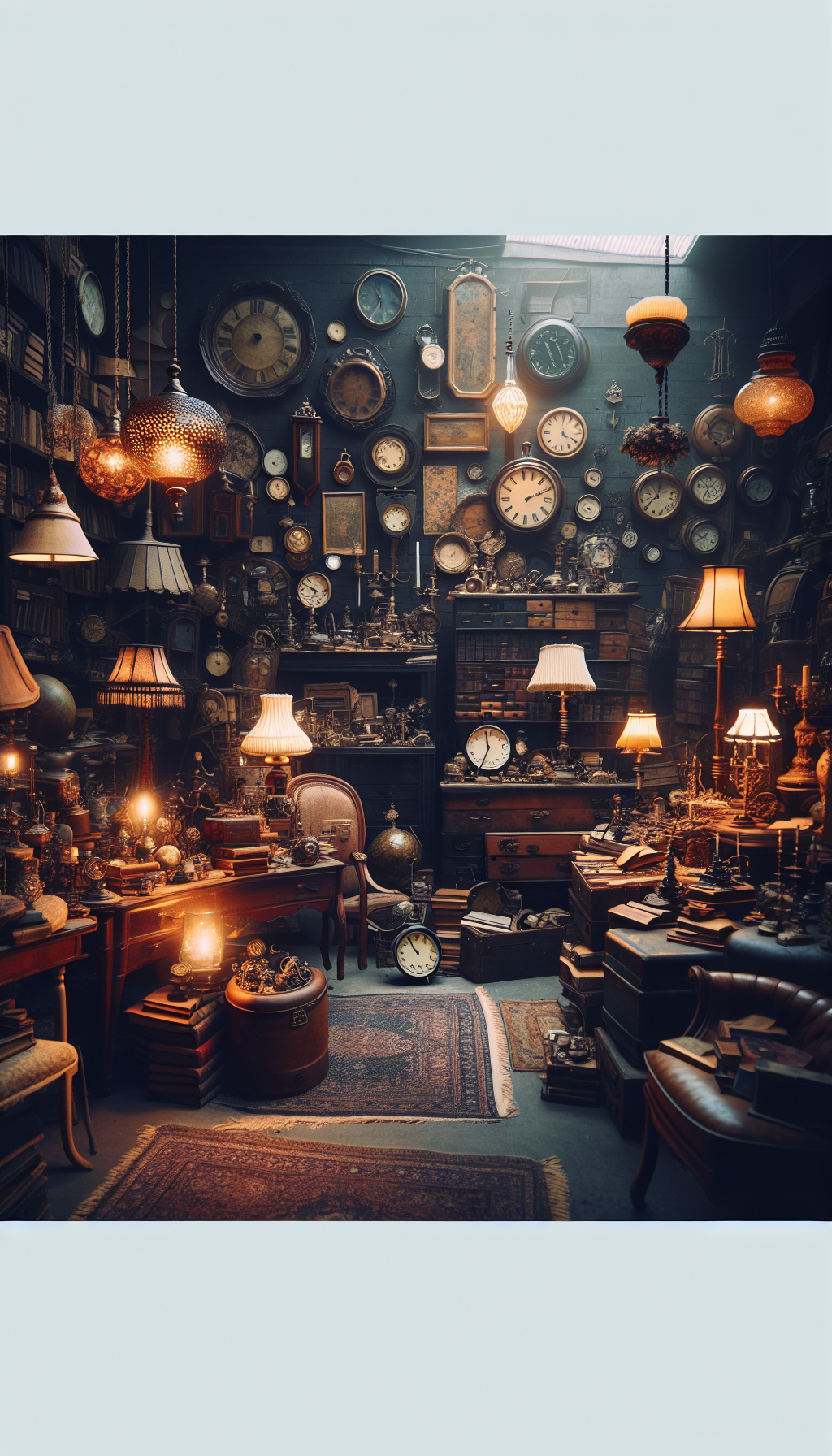Unlock The Value Of Your Art Collection Expert Free Art Valuation Services Near You
Whether you’ve inherited a painting, built a print collection, or discovered an intriguing sculpture at a flea market, knowing what it’s worth is the first step toward smart stewardship. The good news: you can often access expert insight without paying a fee. Free art valuation services—offered by reputable auction houses, galleries, appraisal firms, and community institutions—are designed to help you gauge market interest and make informed decisions about selling, insuring, or conserving your works.
Below you’ll learn where to find credible free valuations near you, how to prepare, what type of value you actually need, and how experts arrive at those numbers.
Why Free Art Valuations Exist—and What They Really Cover
Free valuations are typically preliminary opinions of value provided in exchange for the opportunity to win future business. They are common in:
- Auction houses: Seeking consignments; provide auction estimates and market advice.
- Galleries and dealers: Offering insights for pieces they may wish to acquire or place with clients.
- Appraisers: Providing brief initial consultations to scope a paid appraisal assignment.
- Museums, universities, and community groups: Hosting “valuation days” for education and outreach.
- Estate and downsizing services: Screening items before sales or clear-outs.
- Insurance brokers: Advising clients on whether formal appraisals are warranted.
What “free” usually includes:
- A verbal or emailed preliminary estimate range based on photos and details you provide.
- Guidance on likely selling venues (auction, dealer, private sale).
- Condition observations at a high level.
What “free” usually excludes:
- A written, USPAP-compliant appraisal suitable for insurance, donation, or estate tax.
- In-depth research (e.g., catalog raisonné checks, scientific testing).
- Authentication opinions from artist estates or foundations.
- Conservation treatment plans.
Tip: If you need a document for legal, tax, or insurance purposes, expect to pay for a formal appraisal prepared by a qualified appraiser. Free valuations are not a substitute.
The Many Meanings of “Value”: Choose the Right One
“Value” depends on context. Using the wrong type of value can lead to costly mistakes.
- Fair Market Value (FMV): The price a willing buyer and seller would agree upon in a competitive market, neither under compulsion. Used for estate settlements and charitable donations in some jurisdictions. Typically based on auction comparables. Usually lower than retail.
- Insurance Replacement Value (IRV) or Retail Replacement Value: The cost to replace the item with one of like kind and quality at retail, within a reasonable time. This is often higher than FMV because it reflects retail pricing and sourcing.
- Auction Estimate: A pre-sale range set by auction specialists indicating the expected hammer price. It is a marketing and guidance tool, not a guarantee.
- Liquidation Value: Forced-sale value under time pressure. Generally the lowest figure.
- Retail Asking Price: What a gallery lists as the price—this is not necessarily what a work is “worth,” but it sets an upper bound in many scenarios.
Speak the same language as your valuation provider:
- If you’re planning to insure: request a replacement value and be prepared to pay for a formal report.
- If you’re considering a sale: an auction estimate or FMV is more relevant.
- If you’re dividing assets: FMV is typically used.
Where to Find Expert Free Valuation Services Near You
You don’t need to live in a major art capital to access credible expertise. Start locally and regionally, then expand as needed.
- Regional and national auction houses
- Most offer no-cost preliminary auction estimates via email submissions or walk-in valuation days.
- Specialists cover categories such as fine art, prints and multiples, photographs, decorative arts, and collectibles.
- Galleries and dealers
- Established dealers may offer informal, free opinions—especially if the work aligns with their focus and they see purchase potential.
- Secondary-market specialists are most relevant for valuations of previously sold artists.
- Accredited appraisers
- Many certified appraisers provide a brief free consultation to scope your needs.
- In the U.S., look for credentials from ISA, ASA, or AAA; in the UK and other regions, RICS and other recognized professional bodies demonstrate training and ethics. Ask about USPAP compliance (U.S.) or equivalent standards.
- Museums, universities, and nonprofits
- Periodic “valuation days” or “collector clinics” bring in appraisers and dealers to offer non-binding opinions.
- Estate sale and downsizing firms
- Good ones have referral networks and may help triage items worth formal appraisal or auction.
- Insurance, legal, and financial advisors
- Brokers and attorneys often maintain shortlists of trusted valuation providers and may coordinate introductions for clients.
Practical approach:
- Start with 2–3 different providers to triangulate a preliminary range.
- Choose category specialists (e.g., 19th-century European paintings vs. contemporary prints).
- Confirm turnaround times and whether the opinion will be verbal or emailed.
What To Bring and How To Prepare for a Free Valuation
Preparation increases accuracy and can move your item into a higher confidence bracket.
- Clear images
- Front and back, frame and unframed if possible.
- Close-ups of signature, inscriptions, edition numbers, labels, stamps, gallery stickers, and condition issues (tears, craquelure, paint loss).
- Measurements
- Height x width (and depth for sculpture), in centimeters or inches; specify image vs. framed size.
- Medium and support
- Oil on canvas, acrylic on board, watercolor on paper, bronze cast, gelatin silver print, etc.
- Edition details (for prints and photos)
- Edition number (e.g., 23/75), artist proofs (AP), hors commerce (HC), printer’s proofs, portfolio information.
- Provenance
- Where, when, and from whom it was acquired; original invoices; past appraisals; exhibition history; any correspondence.
- Condition history
- Conservation treatments, relinings, frame changes, or prior damage.
- Context
- Why you’re seeking value now: sale, insurance, estate planning. This helps the expert advise appropriately.
Do not clean or repair the work before evaluation. Over-cleaning, re-varnishing, or amateur repairs can erase evidence and reduce value.
How Experts Determine Value: What Happens Behind the Scenes
A credible valuation—free or paid—draws from a consistent set of methods, even if the depth of research varies.
- Artist and attribution
- Confirming the artist (original vs. school of, circle of, follower, workshop, or after).
- For valuable works, authentication may require foundation or scholar involvement.
- Medium, period, and subject matter
- Period-correct materials and signature styles often affect desirability.
- Subject matter can be a major driver: for example, an artist’s signature motif or popular themes command premiums.
- Size and edition
- Larger works and lower-edition prints can be more sought-after, but quality matters more than sheer size.
- Condition and conservation
- Original surfaces versus overpaint; stability of materials; presence of tears, foxing, or craquelure; conservation history.
- Provenance and exhibition history
- Documented ownership, notable collections, and museum or gallery exhibitions increase confidence and value.
- Market comparables (comps)
- Realized prices for similar works (same artist, medium, period, size, subject).
- Adjustments for market trends, condition, and seller fees.
- Venue and timing
- The same work may achieve different outcomes depending on where and when it’s offered: marquee auctions, themed sales, regional houses, dealer networks, or private sale.
Expect a narrower estimate range when evidence is strong; broader ranges signal limited data or atypical works.
Common Pitfalls—and How to Avoid Them
Even experienced collectors encounter traps. Here are the frequent ones:
- Confusing reproductions with original prints
- Limited edition original prints (etchings, lithographs, woodcuts) are created as artworks in their own right, often hand-signed and numbered in pencil.
- Reproductions or giclée prints of paintings can be signed but are not original prints; value differs drastically.
- Overvaluing based on retail listings
- Asking prices online are not realized prices. Use sold comparables as your benchmark.
- Ignoring fees and net proceeds
- Auction results are subject to seller’s commission, photography, and marketing fees. Net proceeds are what matter if you plan to sell.
- Assuming signatures guarantee authenticity
- Signatures can be added later, forged, or mechanically reproduced. Experts weigh signature style, placement, and materials.
- Skipping condition assessment
- Structural issues or non-archival framing can drastically reduce value and marketability.
- Cleaning or restoring before advice
- Well-intentioned “touch-ups” often reduce value. Consult before any intervention.
- Not disclosing provenance or issues
- Transparency builds trust; undisclosed problems can void deals or depress prices at the last minute.
After You Get a Free Valuation: Best Next Steps
Your path depends on your goals:
- If you plan to sell
- Compare offers across venues and factor in fees, timing, and marketing reach.
- Consider whether to consign to auction (transparent, time-bound) or sell privately via a dealer (discreet, potentially faster).
- For collections, a single-consignor sale can attract marketing firepower and better placement.
- If you plan to insure
- Commission a formal, written appraisal from a qualified appraiser specifying replacement value. Confirm your insurer’s documentation requirements and update intervals.
- If you plan to hold
- Document the valuation, provenance, and condition now. Reassess every 3–5 years or after major market moves.
- Improve storage and display conditions: stable temperature and humidity, UV protection, and archival framing.
Due diligence checklist for providers:
- Credentials and standards: Ask about ISA/ASA/AAA, RICS, and USPAP familiarity (or local equivalents).
- Conflict of interest: Clarify if the provider wants to purchase the work. That’s fine—transparency is key.
- Scope and deliverables: Verbal estimate vs. written report; expected timeline.
- Handling and insurance: If you bring the work in, ask about on-premises insurance and handling protocols.
- Privacy: Confirm how your data and images are stored and shared.
Quick Collector Checklist
- Identify your purpose: sale, insurance, estate, or curiosity.
- Gather documentation: invoices, past appraisals, exhibition/provenance records.
- Photograph thoroughly: front, back, details, condition issues, labels.
- Measure accurately: image and framed sizes, and specify units.
- Describe medium and edition: include techniques, materials, and edition numbers.
- Contact 2–3 specialists: auction houses, accredited appraisers, or category dealers.
- Ask the right value type: FMV, auction estimate, or replacement value.
- Verify credentials: ISA/ASA/AAA, RICS, USPAP compliance or equivalent.
- Don’t clean or repair: wait for professional guidance.
- Compare outcomes: estimate ranges, selling costs, and timelines before deciding.
FAQ
Q: Is a free valuation the same as an appraisal? A: No. A free valuation is a preliminary opinion, usually verbal or emailed, and not suitable for legal, tax, or insurance use. A formal appraisal is a paid, written report prepared to professional standards (e.g., USPAP in the U.S.).
Q: How accurate are free auction estimates? A: They are informed by market comparables and specialist experience, but they are not guarantees. Estimates reflect expected hammer prices at a given venue and time and can be influenced by reserves, marketing, and bidder interest.
Q: What if my work needs authentication? A: Authentication often requires involvement from an artist’s estate, foundation, or recognized scholar, and may include technical analysis. This process is typically separate from valuation and can carry its own fees and timelines.
Q: Can condition issues be fixed to raise value? A: Sometimes. Professional conservation can stabilize and enhance a work, but not all treatments increase sale value. Get advice from a conservator and a valuation specialist before proceeding.
Q: How often should I update my appraisal for insurance? A: Many insurers recommend updates every 3–5 years, or sooner for artists with rapidly changing markets. Significant market shifts, acquisitions, or conservation treatments can also trigger a review.
By understanding the types of value, preparing the right materials, and engaging credible experts, you can unlock the true worth of your art—and make informed decisions about selling, insuring, or preserving your collection. Free valuations are the gateway; rigorous documentation and strategy turn that insight into results.




